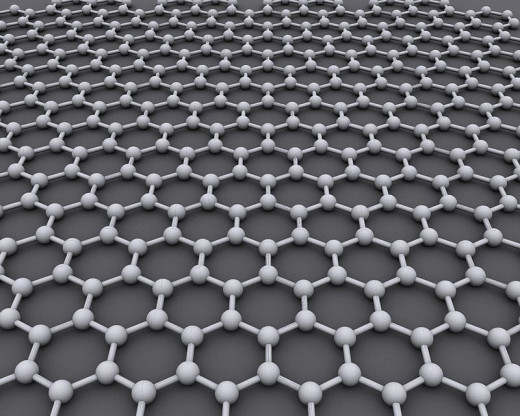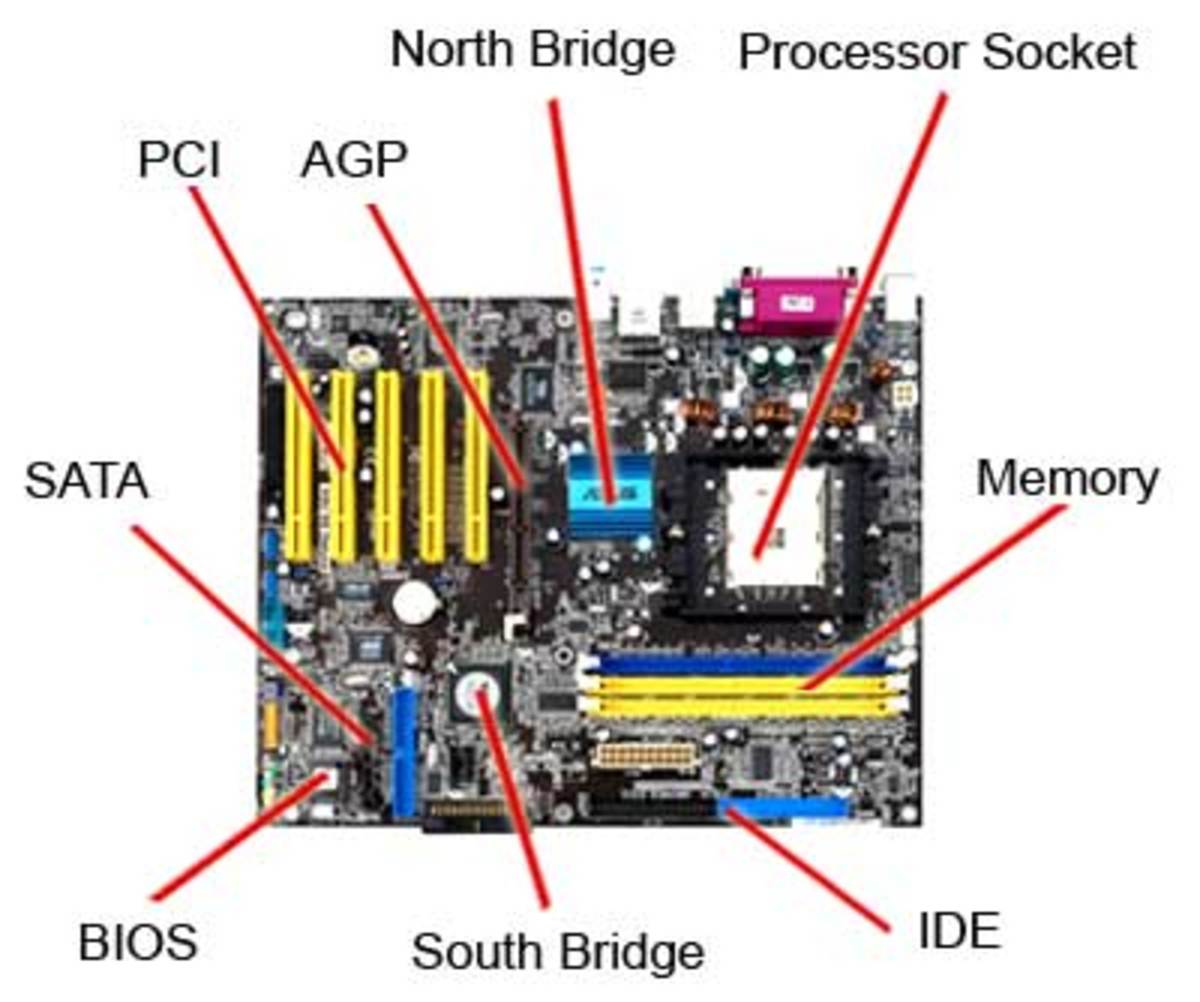400 GHz Graphene Microprocessors
Graphene

Graphene
Graphene is part of the exotic materials that allow or promise technology leaps in vast domains, but one of the most interesting directions, replacing of current semi conductive materials hasn’t had a breakthrough until now.
A group of scientist from the University of California, believe they discovered a new way to develop electronic circuits from graphene, which would allow to manufacture processors with speeds far beyond the ones we have today.
Silicon vs Graphene
According to some prognoses, the transistors inside electronic processor will reach the limit of the silicon technology somewhere between 10 and 15 years from now, by that time we should already have new technologies to avoid stagnation. The idea of graphene transistors is not new and functional tests exist, but they are far from being industry ready any time soon.
The fastest graphene transistor has reach the dazzling speed of 427 GHz, surpassing by far the current top speed of 8.5 GHz reached by silicon processors. To be able to function, the atomic layers of graphene need special conditions because they lose a lot of energy and dissipate big amounts of heat.
Silicon transistors have isolating properties when voltage decreases and they become conductive when it increases, this behavior enabling logic gates to be created. Unlike silicon, graphene is conductive no matter what voltage, and the creation of binary circuits raises issues which were already fixed in the laboratory with the limitations mentioned above, through “doping atoms” or physical deformation of graphene sheets.
Tests and issues
US scientist confirm that these trials that try to make graphene behave like doped silicon are wrong. According to published data, the solution would be to approach the technologic issue from a different point of view and speculate on the effect of negative resistivity.
A contra intuitive behavior of many materials, graphene included is the negative resistivity manifests through a drop of voltage due to increased intensity. These changes from bigger tension to a lower one can be used to create triggers in the same way the conductivity switches work for silicon, allowing the creation of a new type of transistor.
Researchers already tested the new technology, managing to create XOR gates with just three graphene transistors, unlike the silicon version which requires eight. This technological leap allows the creation of smaller circuits that will also benefit from impressive jumps in speed, the experimental model running at a mind blowing 400 GHz.
All these attempts are promising, but before we can dream about small processors that run at incredible speeds, somebody must take over the idea, determine clear conditions in which graphene manifests its property of negative resistivity and create complex circuits with these transistors.






